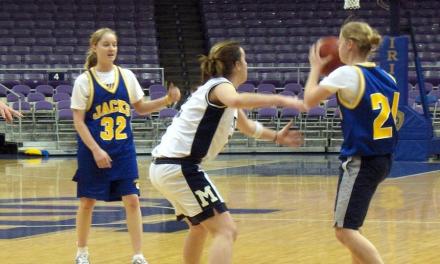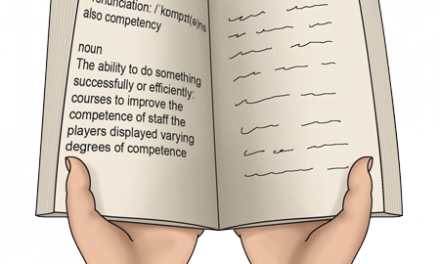No matter what qualification you are delivering, there are 2 main forms of assessment that need to be used in collaboration to achieve the best grades for your pupils. These will be discussed below:
1. Formative Assessment
Formative assessment should be used by the teacher to plan future lessons and evaluate whether previous learning tasks have been effective. Below are 5 examples of formative assessments that have made a positive impact within the classroom setting.
High-impact, low-importance tests
An example of this could be a 10-mark quiz which pupils complete in the back of their workbooks. Working in the back of the book gives the impression of low importance. Make it clear to the pupils that you are seeing how effective your teaching has been, as opposed to how much the pupil is learning… even if this isn’t strictly true!
Exit passes
To leave the classroom, you may ask pupils to complete 3 questions based on today’s learning. The purpose of this is to make the pupils feel confident about the work they have covered and to reinforce learning by beginning the process of transferring content from short-term to mid-term memory.
Mind maps
If you have just finished a sub-unit this is a really effective method for pupils to gather all of the information they know about a topic area. Ask the pupils to divide their mind map into the 3 areas of assessment- AO1 t (Definitions/ names/ outlines); AO2 (Application to sport/ sporting examples) and AO3 (Evaluation/ Analysis/ Impact on performance). All teachers need to prepare their pupils to answer an extended question (6 marks or more) on any area and this should be the minimum amount of knowledge displayed on a mind map.
Informal discussions
It is amazing how much information you can gather by just having a brief conversation with a few pupils. Are they all making the same mistake? Is that sporting example not quite right? At this stage of learning this isn’t a problem- reemphasise to the whole class the error(s) that have been identified.
Silent classroom polls
A very good indicator of how well pupils have understood the content within a lesson can be the use of a silent classroom poll. The pupils can simply give you a rating of 1 to 5 on a whiteboard of how comfortable they feel with the content that has been delivered. Silence is essential- don’t let the pupils influence each other!
2. Summative Assessment
The purpose of summative assessment is to evaluate the student learning that has taken place at the end of a unit. It should be used to gauge how effective pupils have learnt and how well the content of the unit has been delivered. Formative assessment usually takes the form of a written assessment/ test but it can be verbalised should the teacher desire.
Even though the mark achieved is extremely important, the impact of any feedback cannot be underestimated. Use mark schemes/examiner reports but don’t just read these to your class. Ask pupils to highlight what they forgot/ didn’t know about the mark scheme; ask pupils to produce revision aids only using the content highlighted on the mark schemes.
As many teachers often tell their pupils “It’s not what you know that is important, it is identifying what you don’t know”. This will help pupils channel future revision to the content they didn’t successfully recall and, hopefully, their knowledge bank will be significantly increased for the next piece of summative assessment.
For more information on assessment please visit Formative and Summative Assessments | Poorvu Center for Teaching and Learning (yale.edu)
Visit PE Office for lesson plans, schemes of work and assessments for your PE department, email mail@peoffice.co.uk or call 01909 776 900 for more information.










